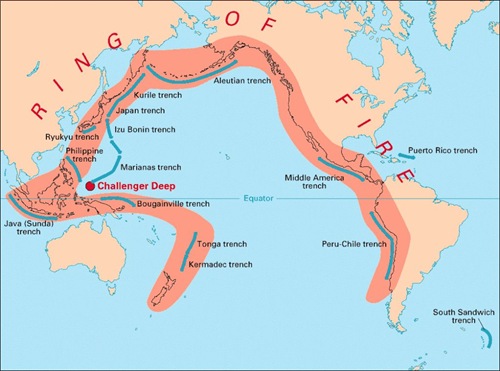
Ring of Fire
In 2008, 72 volcanoes erupted around the world - that's a lot of fire, and slightly above average. 2009 got off to a fast start, too, with Mount Redoubt letting loose in Alaska, Japan's Mount Asama raining ash on Tokyo and an undersea volcano in Tonga breaching the surface and growing an island. But none of these is likely to break into our list of Top 10 Volcanoes in Geologic History. Most of these come with signs that read "Danger: Keep Back at Least One Continent." But if this list of past catastrophes teaches us anything, it's that the biggest, baddest volcanoes can erupt anywhere and at any time. And they will again - it's just a matter of when.
10. Ontong-Java Plateau, South Pacific
This is the biggest volcano you've never heard of. When it erupted 125 million years ago, it covered a region of the south Pacific Ocean the size of Alaska with basalt, in some places as much as 30 kilometres thick. It was so big, the eruption itself is thought to have lasted 6 million years. Scientists call this type of volcano a large igneous province (LIP). They are highly mysterious, and appear to form when huge amounts of hot magma well up from thousands of miles deep in the mantle, near Earth's core. There's a lot of debate as to whether LIPs erupt in huge explosions, or just ooze out in massive sheets of lava. Either way, mass extinctions have a tendency to occur whenever one of these things go off, so it's probably a good thing we've never seen one in action. [More info here, here and here]
9. Mount St. Helens, Washington, USA
May 18, 1980, was a bad day in Washington state. Silent for over 100 years, the picturesque 9,677-foot peak had by late April grown into a bloated, trembling blister of rock and magma. And like a blister, it popped early on a Sunday morning, rocketing fiery ash out to the north at close to the speed of sound. The eruption killed 57 people and did almost $3 billion in damage when all was said and done. It also lopped 1,314 feet off the height of the mountain, which was reduced to a smouldering crater. This was the most deadly volcanic eruption in Unites States history - and it was just a pipsqueak, really. [More info here and here]
8. Grimsvotn, Iceland
Nothing says "explosion" quite like the mixing of searing hot magma with ice from a glacier. It's a common circumstance at Grimsvotn, a volcano buried underneath the Vatnajokull glacier in eastern Iceland that last erupted in 2004. Each time Grimsvotn erupts, huge amounts of liquid build up under the glacier until the pressure becomes so great that the water literally lifts up the glacier and escapes in catastrophic floods, called "jokulhlaups." You don't want to be around for a jokulhlaup. The flood that came after the 1996 Grimsvotn eruption discharged 50,000 cubic meters of water per second, making it briefly the second-largest river in the world. But that kind of thing doesn't faze Icelanders - these are the same folks who once sprayed seawater on a lava flow to keep it from engulfing a nearby harbour town. [More info here and here]
7. Mauna Kea, Hawaii, USA
Given the violent company it's in, Mauna Kea is pretty chill. Dormant for the last 4,500 years, it was never much of an exploder even in its heyday. That's because the lava that comes out of volcanoes in Hawaii is a low-viscosity basalt - it tends to ooze and flow like a river. Shown here with snowy peaks in the foreground, the mountain has erupted a lot of lava over the eons. It is only 13,796 feet above sea level, but from its base at the bottom of the Pacific, it measures 33,476 feet high, making it the tallest mountain in the world. Its upper reaches used to have enough snow for skiing (and further back, glaciers). [More info here and here]
6. Krakatau, Indonesia
In 1883, humanity witnessed what scientists call a "caldera-forming eruption" in Indonesia. In plain English, we call that a mountain blowing itself apart. At 200 megatons of explosive power, the eruption was four times more powerful than the biggest nuclear bomb ever detonated. Since the volcano and island were one and the same, there wasn't much left after the explosion rocked the Sunda Strait and sent 100-foot-high tsunamis and scalding ash flows ashore up to 25 miles away. In the ruined void the volcano left behind, a new island has been growing back (through a series of much smaller eruptions) and is now around 1,000 feet high. [More info here, here and here]
5. Ra Patera, Io, Jupiter's Moon
Thanks to space exploration, the list of greatest volcanoes can no longer be restricted to Earth. In 1979 the Voyager space probe made a shocking discovery - Jupiter's moon Io was pock-marked with active volcanoes. Voyager's snapshot of Ra Patera was the first discovery of an active extraterrestrial volcano, though the bigger vents Loki and Pele were discovered soon after. But it didn't make sense. Io is about same the size as Earth's moon, which long ago froze in the vacuum of space. So why was it still active? As scientists soon learned, Jupiter's intense gravity was tugging on Io's innards, creating such heat that the moon was literally disembowelling itself, spewing sulphur-rich lavas all over the surface of the moon, and out into space. [More info here and here]
4. Santorini, Greece
Look at the small group of five islands known as Santorini, and it's clear something bad once happened there. In fact, the islands all were one, until an eruption bigger than Krakatau blew the place apart about 3,600 years ago. Ash deposits 100 feet thick have been found 19 miles in all directions from the caldera. Shown here is a wall of the volcano where you can see layers of ash, lava flows, pyroclastic deposits and other volcanic products. The ancient eruption is thought to have spawned the tales of the "Lost City of Atlantis" and perhaps even hastened the collapse of the Minoan civilization on the nearby island of Crete. [More info here and here]
3. Olympus Mons, Mars
The biggest volcano in the solar system is also the quietest. It's the size of Arizona, and close to 90,000 feet high, but this gentle giant hasn't erupted in millions of years. When it did it was probably a lot like Mauna Kea, leaking rivers of liquid rock rather than exploding into the Martian skies. [More info here and here]
2. Tambora, Indonesia
Between dozens of volcanoes, the biggest earthquakes in the world, and devastating tsunamis, Indonesia has a lot of geology to worry about. And Mount Tambora, a huge volcano on the island of Sumbawa, is no exception. The mountain produced a gargantuan eruption in 1815 that produced an ash cloud so big, it cancelled the summer of 1816 in North America and Europe. The eruption also killed between 70,000 and 90,000 people, making it the deadliest in human history. [More info here and here]
And the No. 1 volcano in geologic history is...(you saw this one coming)...
1. Siberian Traps, Siberia
A LIP just like Ontong-Java, the Siberian Traps supervolcano has one distinct difference: it is by far the deadliest volcano the planet has ever seen. The traps erupted at the end of the Permian era, 250 million years ago. It was the worst mass extinction the planet has ever seen; 90 percent of all life on Earth was wiped out. The massive traps basalts appear to be the smoking gun. They seeped into huge coal deposits on their way to the surface, and their enormous heat baked the coal, sending billions of tons of greenhouse gases into the atmosphere. The global warming that followed was catastrophic - it took millions of years for life on Earth to recover. [More info here and here]
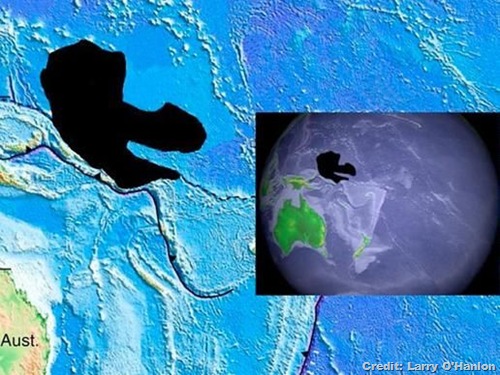
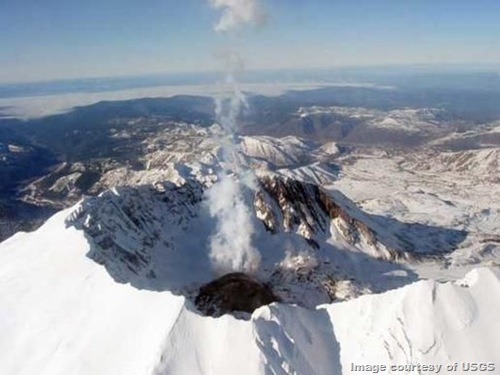
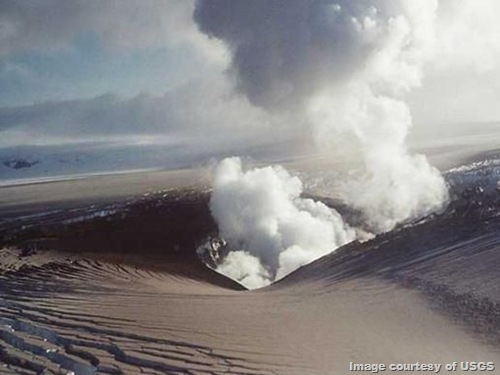
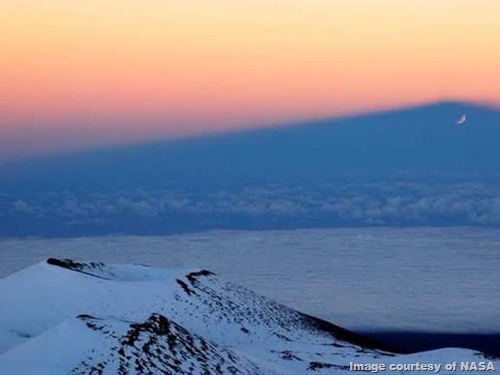

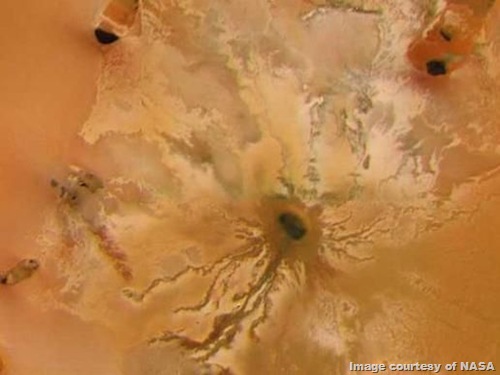

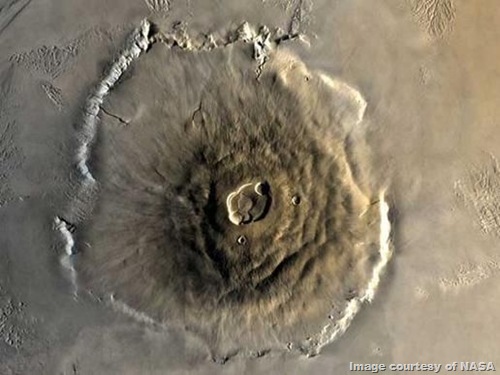
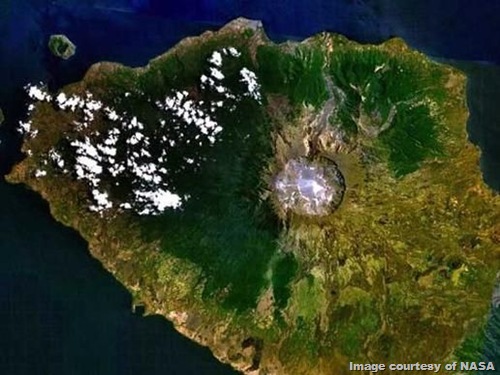
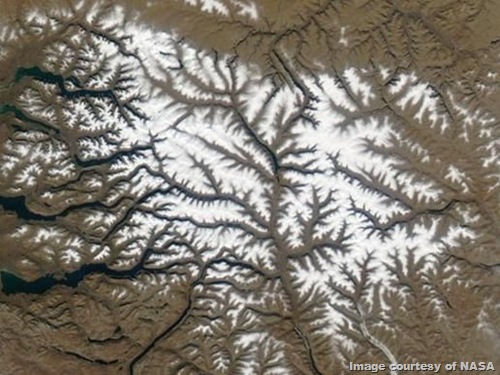
No comments:
Post a Comment
Please adhere to proper blog etiquette when posting your comments. This blog owner will exercise his absolution discretion in allowing or rejecting any comments that are deemed seditious, defamatory, libelous, racist, vulgar, insulting, and other remarks that exhibit similar characteristics. If you insist on using anonymous comments, please write your name or other IDs at the end of your message.